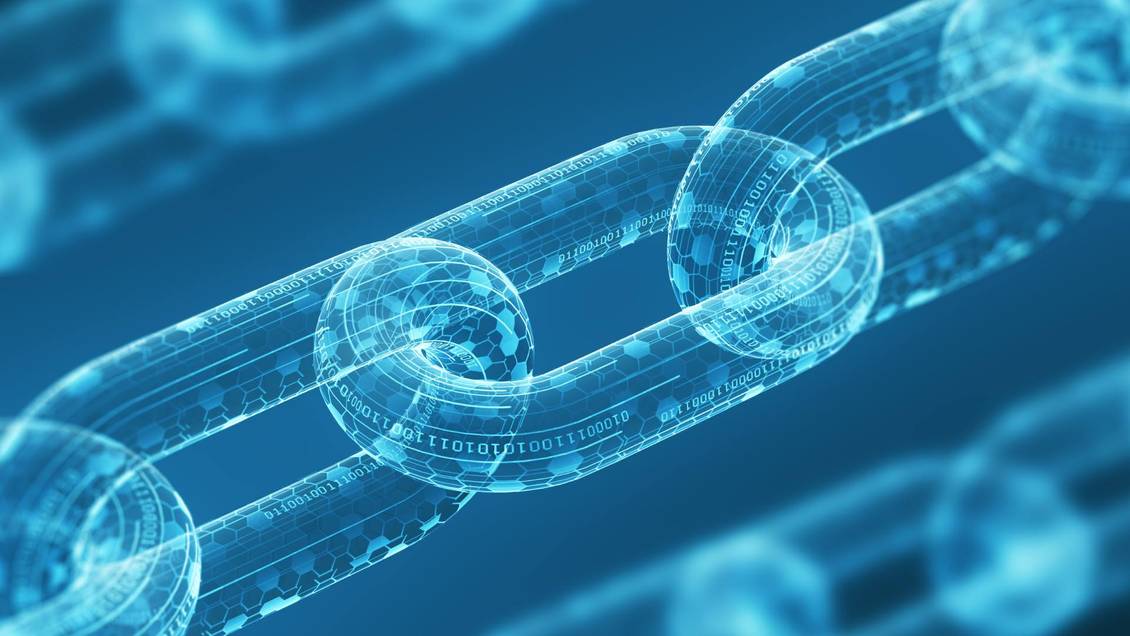
Blockchain
Author: Rushikesh Chavan
Date: 28-09-2022
Blockchain
A blockchain is a shared distributed database or ledger between computer network nodes. A blockchain serves as an electronic database for storing data in digital form. The most well-known use of blockchain technology is for preserving a secure and decentralized record of transactions in cryptocurrency systems like Bitcoin. The novelty of a blockchain is that it fosters confidence without the necessity for a reliable third party by ensuring the integrity and security of a record of data.
The way the data is organized on a blockchain differs significantly from how it is typically organized. In a blockchain, data is gathered in groups called blocks that each include sets of data. Blocks have specific storage capabilities, and when filled, they are sealed and connected to the block that came before them to create the data chain known as the blockchain. Every additional piece of information that comes after that newly added block is combined into a brand-new block, which is then added to the chain once it is full.
A blockchain, as its name suggests, arranges its data into pieces (blocks) that are connected together, whereas a database typically organizes its data into tables. When used in a decentralized way, this data structure creates an irreversible chronology of data by design. When a block is completed, it is irrevocably sealed and added to the timeline. When a block is added to the chain, it receives a precise timestamp.
Blockchain aims to make it possible to share and record digital information without editing it. A blockchain serves as the basis for immutable ledgers, or records of transactions that cannot be changed, removed, or destroyed. Blockchains are sometimes referred to as distributed ledger technologies because of this (DLT).